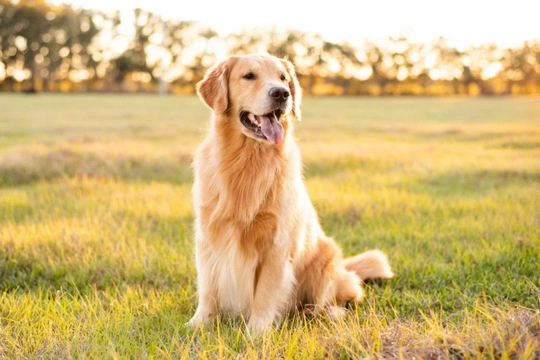
Six ways to exercise your dog in the summer
Summer can be a challenge for dog owners when it comes to exercising their dogs without placing them at risk of overheating, and some dogs tend to be reluctant to exercise much in the summer months at all. However, some dogs will make a huge fuss and become very hard work if they don’t get as much exercise as normal, and even dogs that would be quite happy to laze around all day do still need to be walked over the summer months too.
This means that dog owners have to achieve a fine balancing act between walking their dog in the summer and preventing them from overheating or developing heatstroke – and there are a few ways that this can be achieved, some of which might be more appropriate for some dogs than others.
With this in mind, this article will provide six tips and ideas for exercising your dog in the summer safely and comfortably. Read on to learn more.
Walk your dog early in the morning
One way to prevent your dog from exerting themselves when the weather is hottest is to get going early in the morning before the sun is fully up. Even at the hottest times of the year, first thing in the morning tends to be manageable for most dogs to walk safely, and will generally be the very coolest part of the day, as the earth itself has cooled down overnight too.
Walk your dog in the late evening
An alternative to early morning walks or another time to take your dog for their second walk is in the late evening after the sun has gone down. This isn’t usually quite as cool as going first thing in the morning, but there is often a bit of a breeze picking up by then and as long as you’re careful about keeping your dog calm, most dogs should cope with a properly supervised walk once the full sun has disappeared.
Take them to an air-conditioned doggy daycare
Outside can be intolerably hot during the hottest months of the year, but have you considered the possibility of taking your dog inside somewhere to exercise? Most areas of the country have doggy daycare facilities and places you can take dogs just to play and socialise with other dogs – like jungle gyms for kids – and these are almost universally air conditioned, to ensure that they can operate safely all year round.
Giving your dog a couple of hours at such a spot can help them to let off steam, make friends, and be as energetic as they like without the risk of heatstroke from similar activity in the sun.
Learn how to find cooler places
Even when it is really hot some places are cooler than others, and if you can find them you might identify some manageable and viable options for your dog’s summer walks to keep them safe, comfortable and fit.
If you tend to walk a lot in your local area anyway, you may already have some ideas in mind; places that are very breezy even when the rest of the area is calm, or that don’t tend to get a lot of sun throughout the day.
Take them swimming
The summer months can provide opportunities to take your dog swimming outside, at a beach where dogs are allowed or in lakes and stream near your home. Swimming provides very effective full-body exercise for dogs, and can help to keep them cooler than a similar level of exertion on a walk would achieve, so this is a great summer exercise for some dogs – with some caveats.
First of all, not all dogs can swim naturally, so check this out first; and also not all sources of water that look like good spots for dogs are safe. Concerns to be aware of and look into include being able to get your dog out of the water, obstructions under the water and of course that the water is clean and safe.
Research any local spots carefully and ideally, check with other local dog owners and look for places where other dogs swim regularly before making your decision. Also, ensure your dog is mannerly enough not to dive in until you give them the go-ahead, and keep them on a lead if they cannot be trusted!
Use cooling packs
Finally, you can also buy a range of different types of accessories for dogs to help to keep them cool in the summer by lowering their core temperature regardless of the weather conditions. These come in the form of cooling vests and jackets that can hold ice packs or that are designed to be soaked in water and worn on the dog’s body.
Such accessories can be really helpful and effective; but they also require careful monitoring, as otherwise when they dry out or the cooling effect wears off, they will actually make your dog hotter, not cooler.



